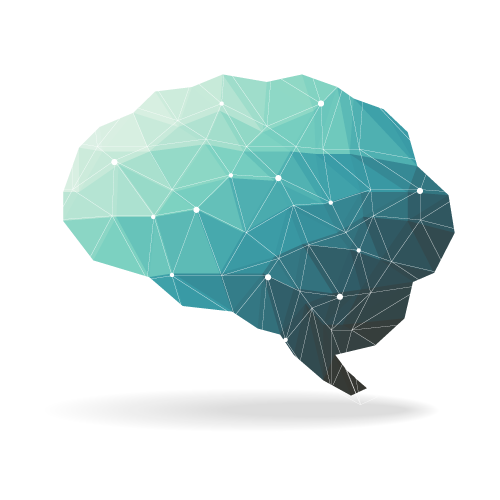
Neurotherapy &
Neurofeedback Training
Neurotherapy refers to many different and related methods
for improving brainwave activity. At Brainwaves we offer
neurofeedback training (also known as EEG biofeedback).
Engaging Neuronal Activity
Neurofeedback works by altering some aspect of neural functioning. In a similar way to embarking on a physical exercise regimen, or learning a new skill, neurofeedback training works to engage the neuronal activity in the brain. Neurofeedback training is safe and non-invasive, this intervention has been able to achieve results that previously only drugs were able to achieve, without the side-effects. Follow-up research continues to show that gains are sustained once achieved and are maintained after training is completed.
Neurofeedback training is an important therapeutic intervention offered here at Brainwaves Psychology and Neurotherapy Services, supported by a variety of psychotherapeutic interventions.
It's Like Listening to Your Heart
Nothing goes into the brain, neurofeedback training is only a process of listening and recording the brain’s activity to allow us to understand what is going on for each client. It is very similar to listening to how your heart is beating with a stethoscope, the doctor can tell if it is beating irregular, in a similar way a neurotherapist can tell if the different brainwave frequencies are within a healthy range, (firing at the right rates), and linking with other brain areas to process information efficiently.

Training for the Brain
This training achieves greater brain regulation and can result in improved symptoms, behaviours and functioning. Using neurofeedback training with our clients we are able to help many individuals achieve various amounts of relief from their often debilitating symptoms, or disorders.
Effective Treatment
When applied appropriately neurofeedback has been found to lead to clinical improvements in several mental health disorders. Reviews have rated highly the effectiveness of neurofeedback for anxiety reduction, attention disorders, chronic pain, epilepsy and headaches (Yucha & Montgomery, 2008).
Reducing Symptoms
Generally neurofeedback training cannot be considered “a cure” however it can reduce negative or problematic symptoms and increase or improve functioning where deficits exist. How much the symptoms will be reduced or the amount of increased functioning will vary for each individual.
What is happening during Neurofeedback training?


"The mind is capable of astounding regeneration, growth and change"
Improved Health & Increased Performance

What's involved in neurofeedback training?
An initial consultation will be undertaken to first understand your situation and develop a psychological and neurotherapy treatment plan.
Targeted Training Exercises
Training targets brain dysregulation, either over or under-arousal and hypo or hyper-connectivity.
For this process the client sits in a very comfortable armchair semi-reclined and watches their own computer screen, and plays a special neurotherapy game or advances to training by watching a movie. The neurotherapist is monitoring the training and gradually increases the difficulty as the client masters the training. This way the client’s brain is continually being challenged to work harder towards achieving their goals.
Neurofeedback has the capacity to restore brain efficiency and begin to optimise personal and behavioural performance. This is achieved using the principles of operant and classical conditioning. By addressing ways the brain has become stuck and operating at a non-optimal manner, neurofeedback can help a person learn self-regulation skills and achieve a more normal way of functioning.
Connecting
Contact Us
We'd love to hear from you
How to make contact
Please feel free to call for a friendly chat about your current situation and learn how we can help.
We offer a private one on one consultation service at our practice located in Rockhampton, Central Queensland.
Brainwaves
Psychology & Neurotherapy Services
15 Norman Street,
Rockhampton, Queensland 4700